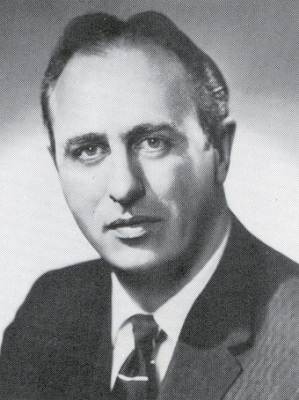Television HOF
Wiman, Al
 Al Wiman – 2017
Al Wiman – 2017
Al Wiman began his St. Louis TV career in 1974, joining KMOX-TV (later KMOV) as an investigative reporter. A few years later his professional focus turned to medical news where he was one of the first journalists in the nation to focus on the AIDS/HIV epidemic. Al’s medical reports yielded numerous local and national awards, including three local Emmys, the G. Duncan Bauman Award for Health Reporting, and honors from the National Cancer Society, Kidney Foundation and Missouri Public Health Association. He was honored twice by the Aviation and Space Writers’ Association for his work in the NASA Journalist in Space project.


